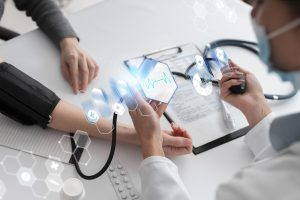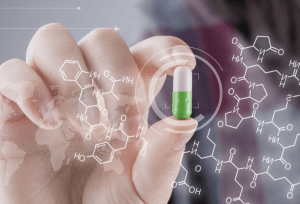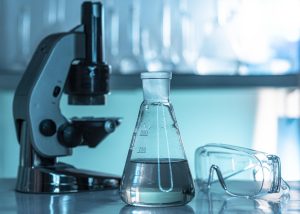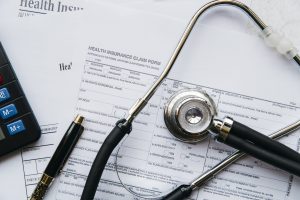Selling pharmaceuticals and medical devices in the EU market requires compliance with strict regulations and ensuring that all regulatory documents meet the necessary standards. Given the EU’s 24 official languages and complex regulatory framework, ensuring accuracy and compliance in documentation is essential.
Overview of the EU Pharmaceutical Regulatory System
The EU pharmaceutical regulatory system aims to protect public health. It ensures that all medicines meet high standards for quality, safety, and effectiveness. Key institutions, such as the European Medicines Agency (EMA) and national regulatory authorities, oversee the evaluation and authorization of medicinal products. Centralized procedures exist for marketing authorization, while decentralized or national processes apply depending on the product’s scope and usage.
Strict rules for documentation include clinical trial data, safety reports, and product information leaflets. All of these must follow Good Manufacturing Practices (GMP) and Good Clinical Practices (GCP). Failure to meet these guidelines can lead to delays in market approvals or even product withdrawal. As a result, ensuring compliance with regulatory documentation is a critical aspect of pharmaceutical operations.
Key Requirements for Compliance with Life Sciences Regulations
Consumer products entering the EU market must comply with the General Product Safety Regulation (GPSR), which sets strict language requirements.
Each EU member state determines its official language requirements for product documentation. These requirements apply not only to product labels but also to all materials related to safety and performance, such as user manuals and customer service information. Companies must ensure that instructions, labeling, and related documentation are provided in the designated language(s) of the country where the product is sold.
For pharmaceutical marketing authorization, the EU offers four application procedures, each suited to different market strategies:
- Centralized Procedure – Evaluated by the EMA, granting a single authorization valid across all EU member states.
- National Procedure – Used for medicines intended for a single EU member state.
- Mutual Recognition Procedure (MRP) – Extends an authorization granted by one member state to others.
- Decentralized Procedure – Allows simultaneous applications in multiple member states without prior national approval.
Choosing the right procedure depends on the product’s characteristics, target markets, and commercial strategy.
Language Requirements
The EU currently recognizes 24 official languages. All EU citizens can communicate with EU institutions in any of these languages.
| Bulgarian | Croatian | Czech | Danish |
| Dutch | English | Estonian | Finnish |
| French | German | Greek | Hungarian |
| Irish | Italian | Latvian | Lithuanian |
| Maltese | Polish | Portuguese | Romanian |
| Slovak | Slovenian | Spanish | Swedish |
The European Union is characterized by its cultural and linguistic diversity. The languages spoken in EU countries are an important part of their cultural heritage. Therefore, the EU supports the use of multiple languages in its projects and institutional work.
Ensuring Compliance in Regulatory Document Translation
Pharmaceutical and medical device manufacturers may encounter issues such as inconsistent terminology and lack of linguistic clarity when preparing regulatory documents. Without an established terminology database and glossary, companies risk non-compliance, delays in regulatory approval, and potential market entry barriers. To ensure accurate and compliant translations, companies should:
- Engage professional medical translation providers with expertise in regulatory requirements.
- Use standardized terminology and style guides to maintain consistency and precision.
- Implement rigorous quality control processes, including peer reviews and compliance checks.
To achieve compliance, it is vital to involve qualified translators with expertise in life sciences and regulatory language. A detailed quality assurance (QA) process, including back-translation and reviews by subject matter experts, ensures accuracy and consistency across all documents. Partnering with reliable vendors who understand country-specific regulatory requirements further strengthens compliance efforts.
Leveraging Technology for Compliance
Technology has become a powerful enabler of regulatory compliance in the life sciences industry, streamlining workflows, reducing errors, and improving efficiency.
Software Tools for Document Management and Regulatory Tracking
Specialized software tools help manage the vast volume of regulatory documents by organizing, tracking, and updating records as needed. These systems provide clear visibility into submission timelines and regulatory requirements across different regions, ensuring timely compliance.
Ensuring Data Security and Regulatory Adherence in Digital Systems
When relying on technology, ensuring data security is paramount. Regulatory systems must follow data privacy laws like the GDPR. They also need to protect sensitive information about clinical trials, product formulations, and patient safety. Robust cybersecurity measures and regular audits help maintain adherence to these standards.
Connecting with Professionals
Work with EC Innovations to get EU compliance solutions. We have many years of experience with EU languages and regulations for medical devices and pharmaceuticals. Our services include life sciences translation and language support for all product development stages.





